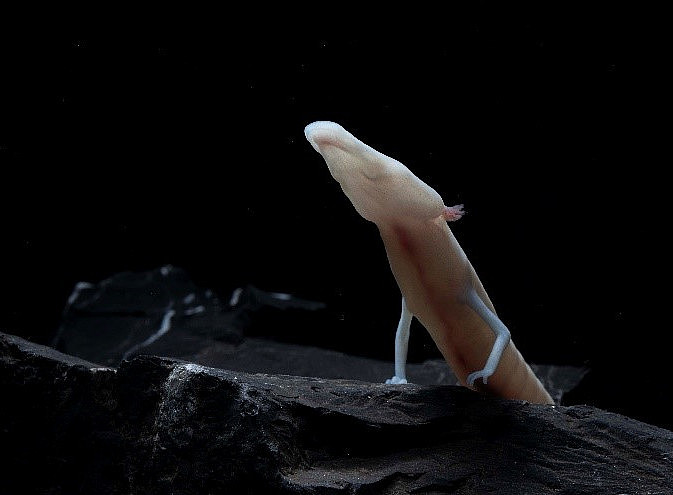19.06.2024: Hans Recknagel (University of Ljubljana): Convergent evolution and genetic mechanisms of cave adaptation in the olm (Proteus anguinus) and other subterranean vertebrates, HS 02.11, Institut für Biologie, Bereich Zoologie, Universitätsplatz 2, 13:15 Uhr
Convergent evolution, the independent evolution of analogous phenotypes under similar environmental conditions, is perhaps the most convincing and powerful process through which the effect of natural selection becomes evident. While the phenotypic consequences of convergent evolution are well-known, little is known on what happens on the level of the genome. Are the same mutations, genes, pathways and genomic regions involved each time and again, or are these different? In short, how many ways are there to build similar, but evolutionarily independent phenotypes? I use the olm as a model to understand the transition from surface to the underground and the evolution of its characteristic traits including the loss of eyes and pigmentation. Using comparative genomics across subterranean and surface vertebrates, I investigate the genetic mechanisms by which the cave phenotype has evolved. I find that subterranean vertebrates share a significant number of expanded and contracted gene families, and a significant number of shared genes under selection. Moreover, the rate of gene expansion and positive selection is larger than expected compared to surface species, suggesting that cave animals undergo major genomic changes when adapting to the subterranean realm. This challenges the view that animals which transitioned to the subterranean realm were primarily under the influence of neutral evolutionary processes, but rather undergo large and convergent changes in their gene use and function.
